Ohagi: The Beautiful Wagashi of the Equinox
James Lau
Posted on August 22, 2024
Share:
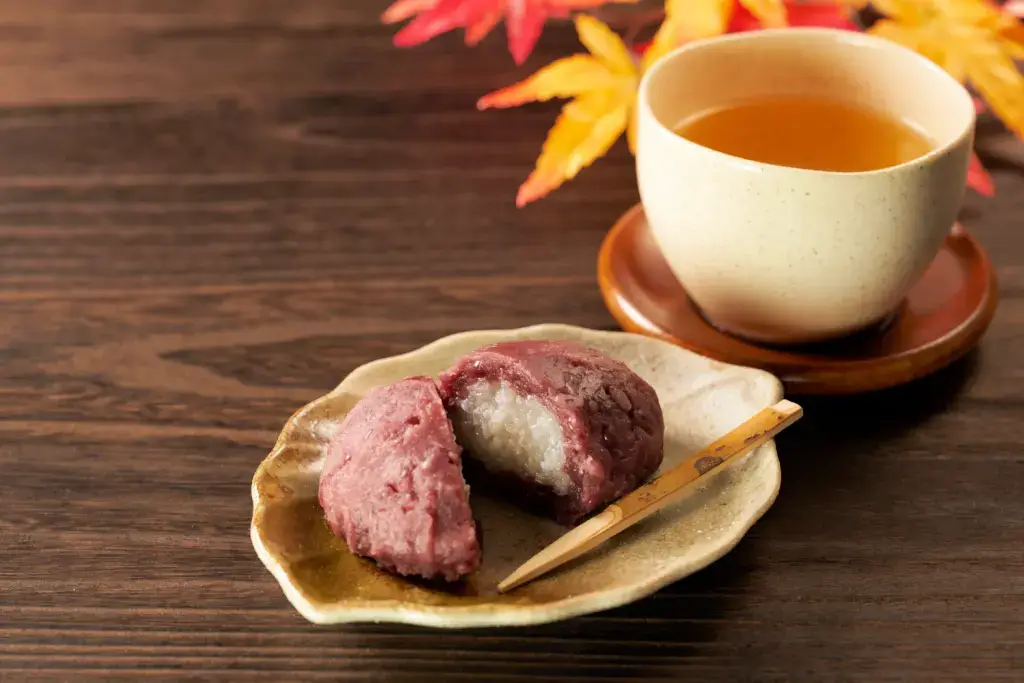
Ohagi is a traditional Japanese sweet that chefs make from glutinous rice and sweetened red bean paste. This dessert reflects Japanese culture; people associate it with the spring and fall equinox.
The name of this sweet changes with the seasons—”botamochi” in the spring, after the peony flower, and “ohagi” in the autumn, after the bush clover. Its significance carries cultural and spiritual meanings as well. Some people believe that red beans have protective properties against evil. Despite the changes in food customs, this rice snack remains a treat that connects modern Japanese people to their cultural heritage and ancestral traditions.
Why was ohagi invented?
Ohagi was originally a Buddhist food offering. During these times, the distance between the physical and spiritual world is at its closest, making it an essential period for honoring ancestors. The tradition of using this snack as an offering comes from its ingredients—glutinous rice, which is sticky and difficult to cultivate, and red beans, which have the power to ward off evil spirits.
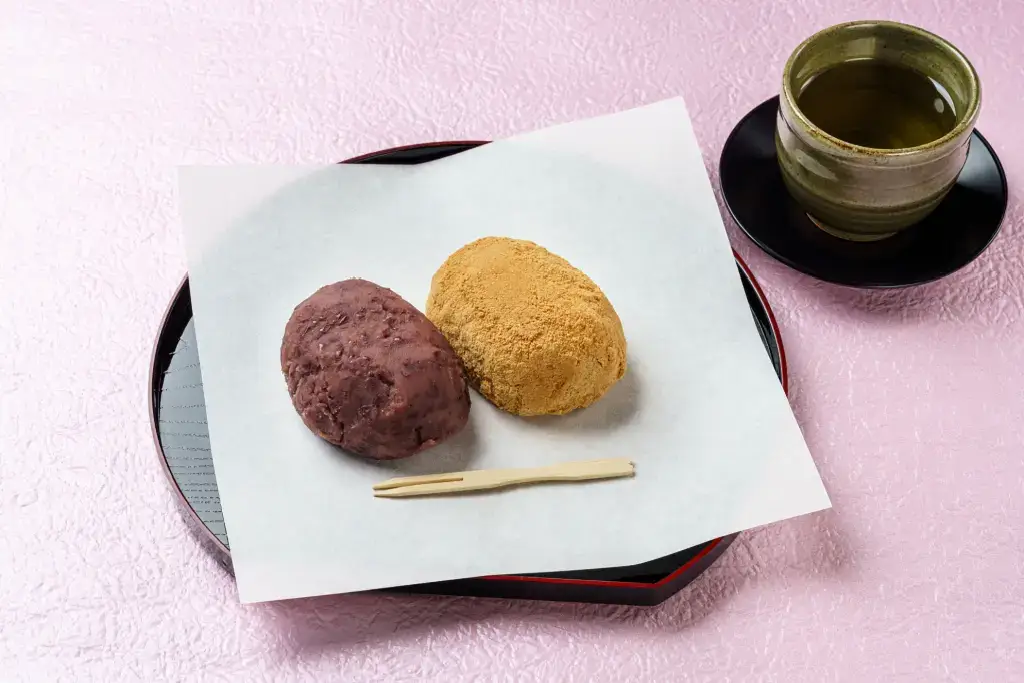
Over time, the ingredients and preparation of this dessert have evolved, particularly with the introduction of sugar during the Edo period, which made the dish sweeter and palatable. Originally, ohagi might have been less sweet or savory, as sugar was a luxury item. The addition of sweetness turned it into a dessert that could be enjoyed by the masses, not just during Ohigan but also on other special occasions.
How do you make ohagi?
Making ohagi involves a few simple yet precise steps, beginning with preparing the rice. Chefs cook a combination of glutinous rice and regular short-grain rice until it becomes soft and sticky. They then lightly pound the rice until it is mashed just enough to create a sticky consistency, leaving some grains intact for a chewy texture. Once they prepare the rice, they shape it into small balls or ovals, which serve as the base for the sweet treat.
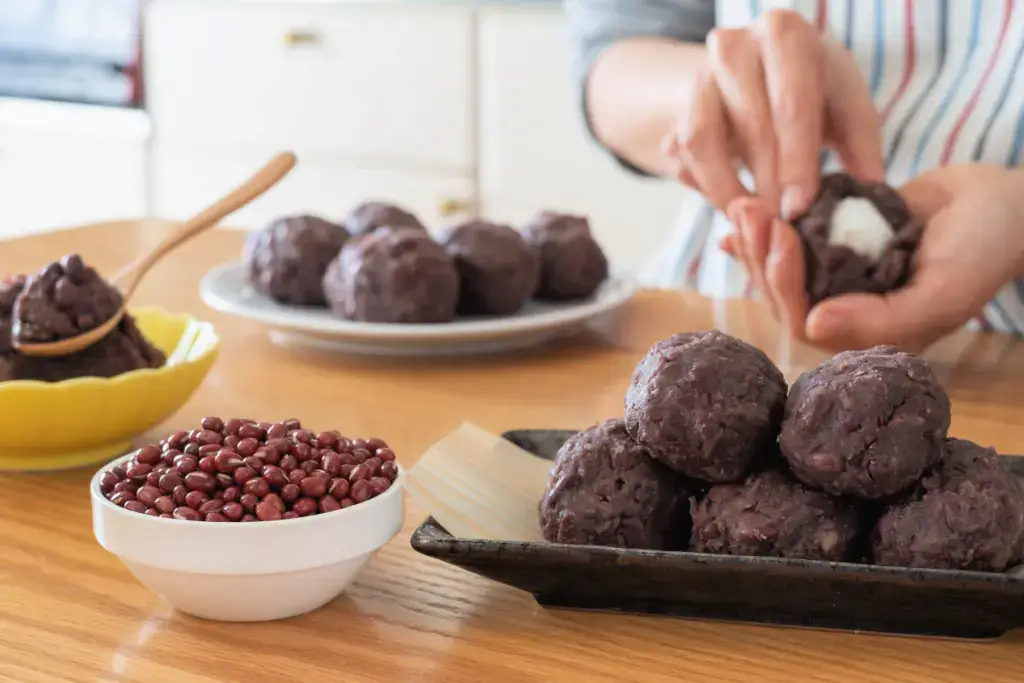
In the final step, they coat the rice balls with sweetened red bean paste, which can be either smooth or chunky. In some variations, they use the red bean paste as a filling inside the rice balls. Chefs can use coatings like sweetened soybean flour or ground black sesame seeds. People best enjoy Ohagi fresh, as it balances the chewy rice with the sweet, rich taste of the red bean paste.
Are you looking for amazing snacks like ohagi? Check out Sakuraco! Sakuraco delivers traditional Japanese snacks, teas, and sweets from local Japanese makers directly to your door so you can enjoy the latest treats directly from Japan!
Where can I enjoy this unique rice cake?
Oh!!huggy!!
“Oh!!huggy!!” [sic] is a specialty shop with its main store in Kobe, Hyogo Prefecture. This shop attracts so many customers that lines often form outside, and it has gained media attention as the place where people sell “400 flower ohagi in just 30 minutes.” The store’s name, “Oh!! huggy!!,” draws inspiration from the word “hug” and resembles the pronunciation of its namesake snack.
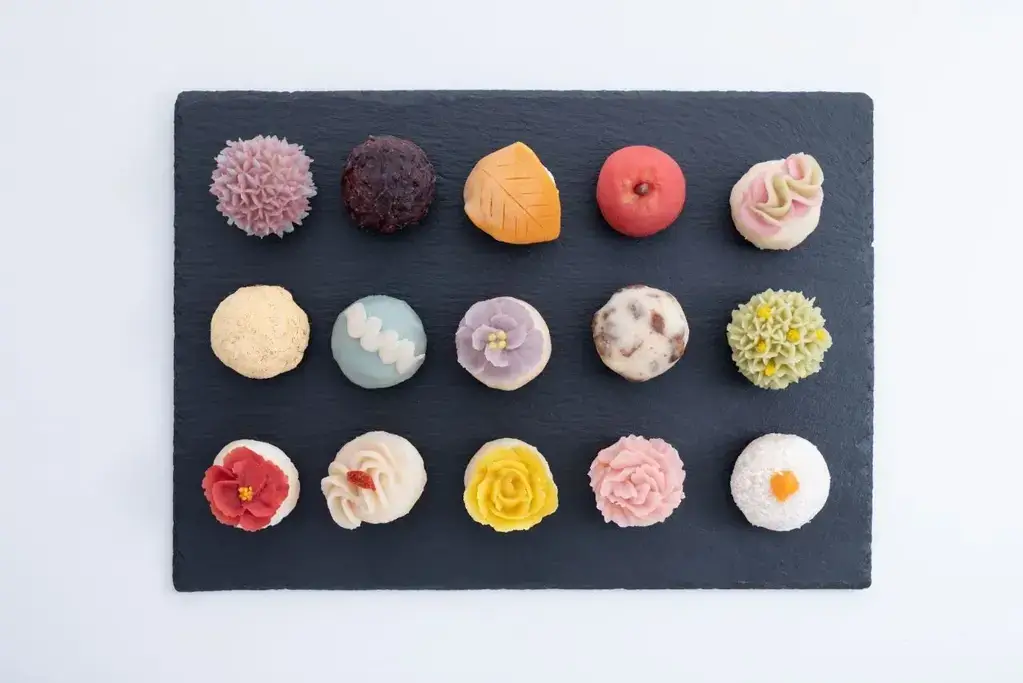
The shop offers beautiful desserts featuring seasonal flowers such as roses and cherry blossoms. The red bean paste uses high-quality Hokkaido-grown azuki and ten beans, while the glutinous rice comes from the Hida region. Now a national chain, it offers products tailored to each store’s local area. For example, the Ishigaki Island store features hibiscus or pineapple flavors.
Takeno to Ohagi
“Takeno to Ohagi” is a specialty shop in Setagaya, Tokyo. The store is known for its beautifully crafted ohagi. The shop offers classic flavors like tsubu-an and koshi-an and five rotating seasonal varieties. They also include unique ingredients like salted yaezakura, coffee, and raspberry purée. Their products are presented in traditional wooden bento boxes and are available for online reservation.
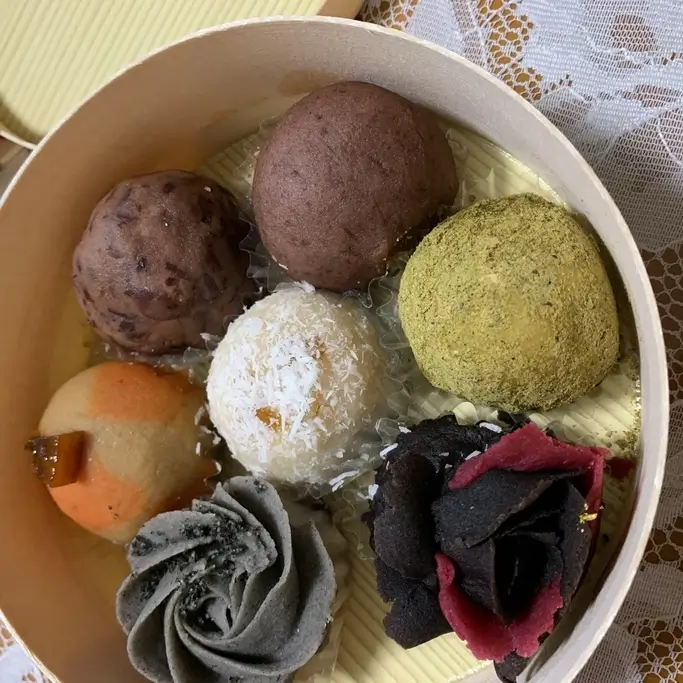
The store’s Japanese sweets are creatively inspired by seasonal flowers and ingredients, resulting in over 200 varieties. One notable creation features Shine Muscat grapes and yuzu citrus pepper. Another standout is an ohagi that looks like a rose, made with white bean paste mixed with blueberry purée. Customers can also customize their desserts, choosing elements like shape, color, and flavor, making them perfect for personalized gifts.
Ohagi3
Ohagi3 [sic] began with a flagship store in Nagoya, Aichi, offering traditional Japanese sweets with drinks in a modern tearoom setting. The store was designed to blend Scandinavian materials and Japanese craftsmanship, creating a high-quality and unique cafe atmosphere. The store emphasizes natural and organic ingredients, offering additive-free and gluten-free options to ensure a healthy and enjoyable experience.

Ohagi3 focuses on three main principles. First, they prioritize the quality of their products, using carefully selected ingredients like coarse sugar instead of white sugar and avoiding additives. Second, the shop makes their ohagi smaller than usual to allow customers to enjoy a variety of flavors. Third, the brand commits to bringing warmth and joy into people’s lives by handcrafting each dessert with care and delivering it with warm, personal service.
Why should I try ohagi?
You should try ohagi because it’s made with simple, natural ingredients, making it a healthy option that satisfies your sweet tooth. The variations offered by shops like Takeno to Ohagi or Oh!!huggy!! You can explore various flavors, from classic to innovative combinations like yuzu citrus or hibiscus.
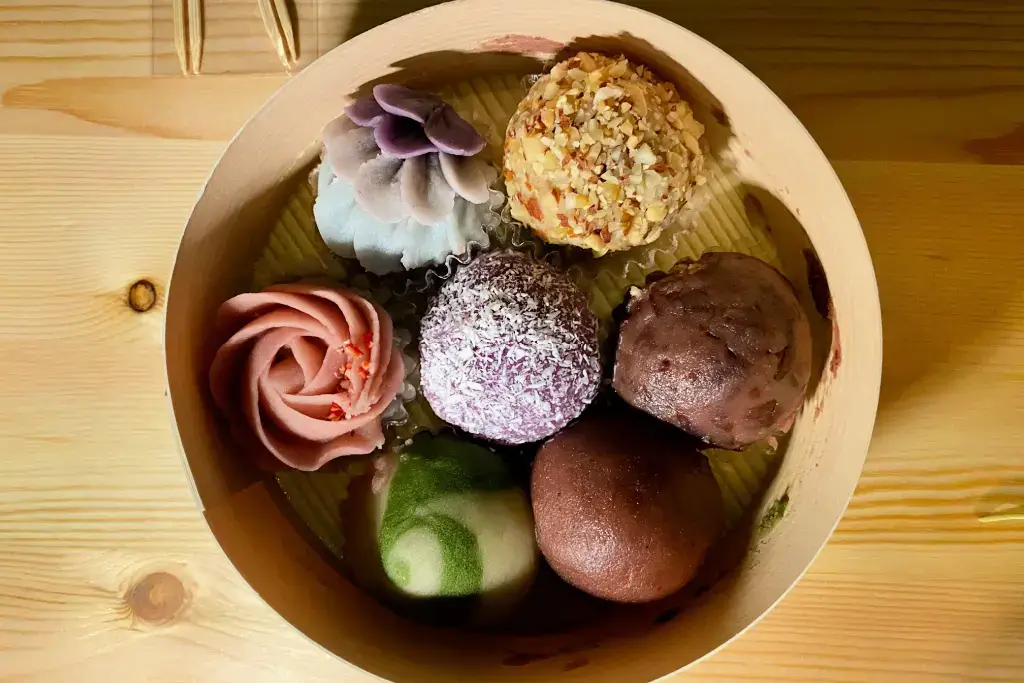
Ohagi is more than just a traditional Japanese sweet. With its roots in spiritual practices and its modern-day adaptations by shops like Oh!huggy!! and Ohagi3, the snack continues to captivate both locals and visitors alike. Have you tried ohagi before? What did you think about this unique rice treat? Let us know in the comments below!

Discover authentic flavors with Sakuraco
Get Sakuraco 

Discover authentic flavors with Sakuraco
Get Sakuraco 
Related Articles
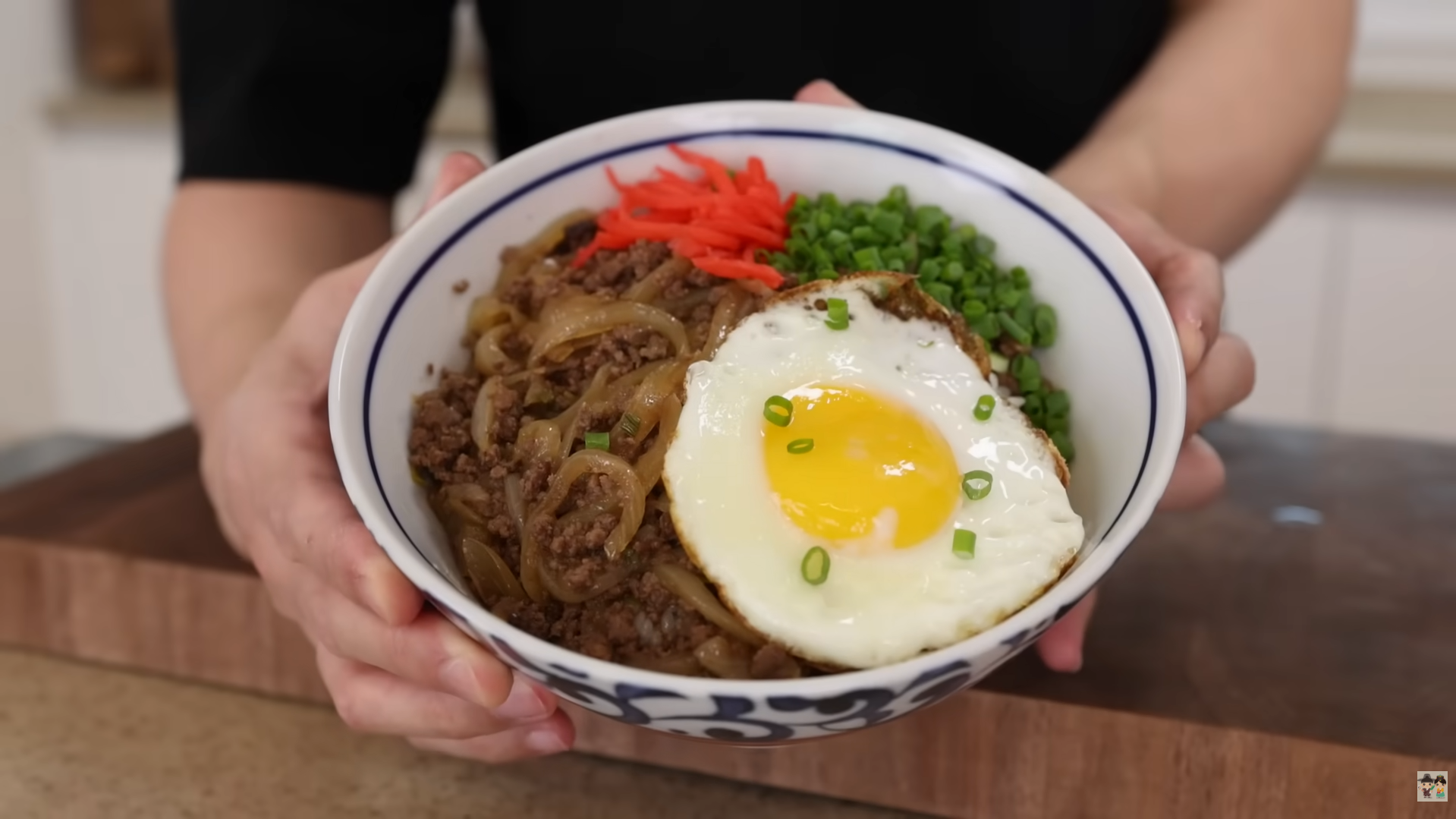
Aaron and Claire Show Us How to Make Gyudon!
If you’re looking for a Japanese comfort food that’s quick, affordable, and full of flavor, Aaron and Claire have a great option. In this video, Aaron shows how to make Gyudon using ground beef instead of the usual thinly sliced beef.

Tonkatsu Luxury Restaurants: Best Ones to Try!
Don’t miss out on tonkatsu if you’re traveling to Japan! Tourists often add the meal to their must-eat list because of its delicious and satisfying nature. Even better, you can elevate the experience by going to luxury restaurants across Japan, where you can experience some of the most celebrated pork cutlets.

Mochi: How is Mochitsuki Made in Japan?
Mochitsuki is the Japanese tradition of pounding steamed rice to make mochi for the New Year. Families and neighbors gather to participate in this lively and meaningful tradition. The teamwork involved helps everyone feel a sense of connection.

Konpeito Candy: What Makes This Starry Treat Shine?
If you are a fan of the famous Demon Slayer series, then you probably know that the favorite treat of the adorable Nezuko Kamado is those tiny, colorful little sweets.



